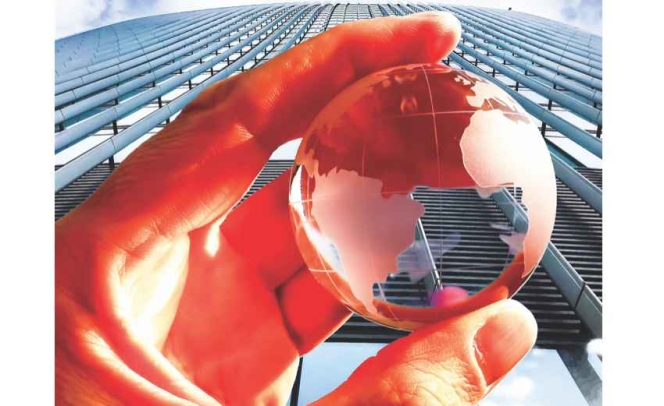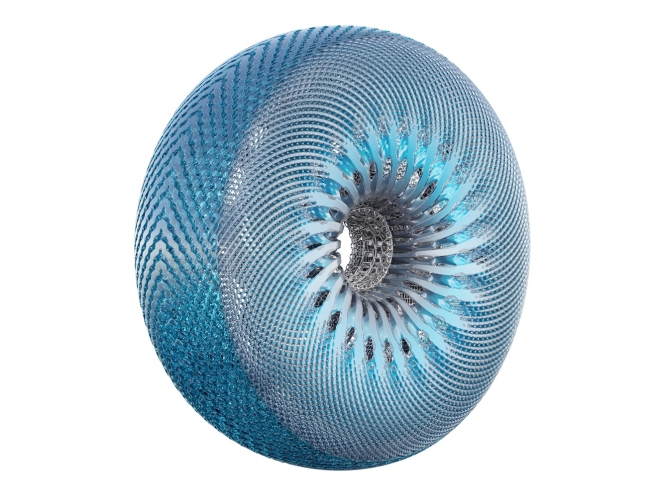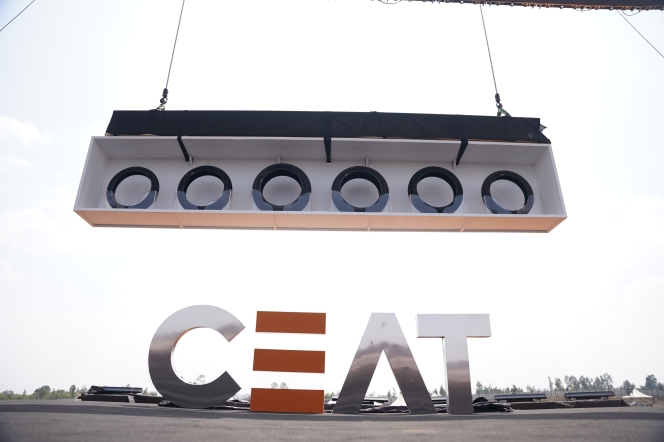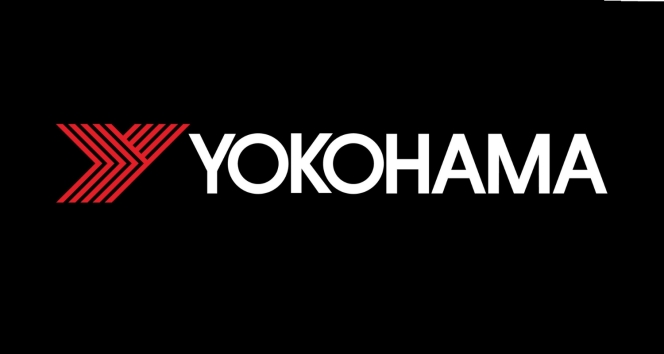
It was only many years later that we learnt about the atrocities and the inhuman ways the natives of the Amazon Valley were subjected to by the white barons to develop exporting of natural rubber to Europe to provide the main raw material for the automotive tyre industry which was gradually evolving in to a flourishing industry. The inventing of synthetic rubber in the late 1940s and the development of SBR due to the short supply of natural rubber from the colonies in the East to cater for the growing demand for tyres used in the military vehicles during the Second World War and the Korean War is another episode of beyond the border commercial endeavours.
Although the word ‘globalisation’ was coined by Theodore Levitt in 1983 through an article ‘Globalisation of Markets’ which appeared in the Harvard Business Review (May-June 1983), I feel that we should go way back in the annals of history to get an understanding of the term. This knowledge may not look attractive to the modern business world. Nevertheless, the sociologists and others of similar disciplines will certainly find such knowledge useful in comprehending the modern day socio-economic woes.
Origins of globalisation may possibly be traced back to early human migrations, presumably from the Olduvai George Gorge, a site in Tanzania that holds the earliest evidence of human ancestors. Human migration is the movement of people from one place to another, particularly different countries, with the intent of settling temporarily or permanently in the new location. It typically involves movement over long distances. The driving motive, namely seeking dominance over fellow men and exploiting the natural environment to achieve success, does not seem to have changed over the millions of years.
The emergence of the great civilisations, e.g. Indus Valley, Mesopotamia, and their subsequent decline can be attributed to globalisation. Similarly, the invasions and cross-border military conquests of historical fame (or notoriety) such as that of Alexander the Great and colonisation by the West for the exploitation of natural wealth in Asia, Africa and South America reveals an ugly facet of globalisation.
The Silk Route interlinking East Asia and Southeast Asia with South Asia, Persia, the Arabian Peninsula, East Africa and Southern Europe, on the other hand, was central to the economic, political, cultural and religious interactions between these regions form 2nd century BCE to the 18th century.
The industrialisation and expansion of business and commerce across countries during the past 300-plus years was fuelled by the four industrial revolutions, or waves as some prefer to identify them, namely steam power, conveyor system, computers and digitalisation. The process is continuing to the unforeseeable future with new knowledge and innovations fuelling the globalisation.
The multifaceted nature of globalisation has commonly been identified into eight types as shown below:
• Political Globalisation
• Social Globalisation
• Economic Globalisation
• Technological Globalisation
• Financial Globalisation
• Cultural Globalisation
• Economic Globalisation
• Geographical Globalisation
My intention is not to delve in to a discussion about the pros and cons of globalisation, which has been comprehensively documented, but to highlight on some key aspects from this part of the world, especially of the Asian subcontinent.
Knowledge dissemination across border, in my view, is the single most important factor associated with globalisation. This appears common to all the above types of globalisation. The dissemination of the Buddhist doctrine by the great Emperor Asoka to countries spreading from the far East to the Central Asia and Middle East including the present Sri Lanka during 3rd century BCE is one of the earliest recorded instances of globalisation.
Countries with long histories going back to 3,000 to 4,000-plus years, such as India, China and Sri Lanka, possessed a vast knowledge base ingrained in the social consciousness. This appears to have significantly influenced the philosophical and intellectual thought of the Greek and Persian periods. Unfortunately, a major part of this knowledge has been eroded through the influence of the West, which started around the 16th century. One good example of this knowledge found in the ancient irrigation knowledge of Sri Lanka is the engineering marvel of a gradient of 1 inch per mile in an ancient canal about 87 km long, built to connect two man-made reservoirs in the 5th century AD. Similarly, India and Sri Lanka possessed a vast indigenous knowledge base in medicine, astrology, architecture, agriculture, irrigation and astrology, and it is somewhat unfortunate that this knowledge has not been adequately globalised. The only significant inroads are seen in tourism. But that too are based on the western norms.
On the other hand, we have acquired a vast knowledge from the industrialised countries on modern management thoughts and technologies which have enabled industrialisation and improvement in living conditions of the populace. In this era of interdependency, a country cannot afford to ignore the technologies which are necessary to maintain a suitable level of competitiveness internationally. However, if this is accomplished at the expense of ignoring the inherent social and cultural foundations, the long-term adverse consequences would be disastrous and unimaginable.
The adverse long-term consequences of the use of chemical fertilisers and pesticides and the global addiction to pharmaceuticals are already seen physically and socially in practically all the countries, especially the so called underdeveloped or developing countries.
The aftermath of the Covid-19 pandemic and the irreversible effects of global warming are two examples of globalisation which are affecting the mere sustenance of mankind.
A country can immensely benefit by striving for stars through adopting modern technologies. However, the absolute importance of a strong base cannot be ignored or taken lightly. Back to a strong base and reinforcing the base lies at the core of sustainable development.
The words of Mahatma Gandhi echoing from the past reaffirm this plain truth in no uncertain terms.
“I do not want my house to be walled in on all sides and my windows to be stuffed. I want the cultures of all lands to be blown about my house as freely as possible. But I refuse to be blown off my feet by any.”
“What's past is prologue," a quote from William Shakespeare's ‘The Tempest’ presumes that though history is written, the future is anyone's to decide – with the knowledge gleaned from the past. (TT)
- Yokohama Rubber
- GEOLANDAR X-AT
- All-Terrain Tyres
- Racing Tyres
- FIA Extreme H World Cup
- Hydrogen-Powered Motorsport
Yokohama Rubber To Power FIA Extreme H World Cup With GEOLANDAR Tyres
- By TT News
- September 12, 2025

The Yokohama Rubber Co., Ltd. has been selected as the official tyre supplier for the groundbreaking FIA Extreme H World Cup, the world's first hydrogen-powered motorsport series. The company will supply its GEOLANDAR brand of tyres for the championship, which is scheduled to commence next month in Saudi Arabia. The company will also continue to supply GEOLANDAR tyres for the Extreme E off-road electric vehicle series, which holds its final event on 4–5 October in Saudi Arabia.
Central to both the Extreme H and Extreme E series is a shared mission to advance sustainability and equality. The championships serve as dynamic platforms to promote environmental awareness and demonstrate cutting-edge technologies while also enforcing a strict mandate for gender parity by requiring each team to field one male and one female driver. The Extreme H series will feature eight international teams operating the Pioneer 25, a cutting-edge hydrogen fuel cell vehicle capable of generating 550 horsepower and accelerating from 0 to 100 kmph in 4.5 seconds. The global significance of this new championship is expected to draw a worldwide television audience across multiple continents.
As the predecessor to Extreme H, the Extreme E series utilised the high-performance all-electric Odyssey 21 vehicle. All teams competing in the new hydrogen series will also participate in this final Extreme E event, marking the conclusion of the electric championship as it transitions towards a hydrogen future.
In alignment with the environmental principles of these series, Yokohama Rubber will provide a specially developed prototype tyre based on its GEOLANDAR X-AT model. This tyre has been engineered with a significantly increased ratio of sustainable materials, comprising 38 percent renewable and recycled content. It has also been fortified with enhanced durability characteristics to withstand the unique demands of heavy hydrogen-powered and electric off-road racing vehicles.
Hankook Tire Unveils Future Mobility Innovations At 'Design Innovation Day 2025'
- By TT News
- September 12, 2025

Hankook Tire is advancing its future mobility leadership through strategic open innovation and collaborative design projects. This effort was showcased at the company’s recent Design Innovation Day 2025, held at its Pangyo Technoplex headquarters. The event serves as a platform to present new solutions integrating sustainability, innovation and design while reinforcing partnerships with global technology leaders.
A major focus was the unveiling of two key outcomes from Hankook’s ongoing Design Innovation Project. The first was ‘Sustainable Concept Tyre’, an embodiment of the company’s ESG vision. Developed using advanced 3D printing technology, it is constructed from renewable and recycled materials. Its distinctive organic design was realised in collaboration with Harvestance using specialised engineering software.
The second reveal was the WheelBot 2, a multi-directional mobility platform developed with robotics startup CALMANTECH. This advanced robotic wheel system, equipped with tri-axial spherical tyres, demonstrates new possibilities for movement. Its potential was illustrated through a live demonstration of the PathCruizer, a two-seater pod concept powered by the WheelBot technology.
Beyond product reveals, the event highlighted Hankook’s commitment to knowledge sharing, featuring a presentation on 3D printing advancements from LG Electronics. These collaborations are central to Hankook’s strategy of strengthening its technology leadership. Since 2012, the company has partnered with world-renowned design universities and technology firms, consistently earning prestigious international design awards and solidifying the premium stature of its global brand.
CEAT Cuts Tyre Prices Across Portfolio Following GST Rate Reduction
- By TT News
- September 12, 2025

Indian tyre maker to pass full benefit of tax cuts to customers from 22 September
CEAT Limited said on Thursday it would reduce prices across its entire tyre range following the Indian government’s decision to cut goods and services tax (GST) rates on tyres, with the full benefit being passed on to customers.
The Mumbai-based tyre manufacturer said new prices would take effect from 22 September, covering commercial, agricultural, passenger vehicle and two-wheeler segments.
India’s 56th GST Council meeting approved significant reductions in tax rates for the tyre industry. GST on new pneumatic tyres was cut to 18% from 28%, whilst tractor tyres and tubes will attract a reduced rate of 5%.
“We thank the Government of India and the GST Council for their timely and progressive decision to rationalise tax rates in the tyre sector,” said Arnab Banerjee, Managing Director & CEO of CEAT Limited.
“The reduced GST slabs will greatly benefit the tyre industry and consumers alike. Not only will it lower the cost of owning and operating a vehicle for customers across various segments, but by making tyres more affordable to replace, it will also make our roads safer.”
Banerjee added the move would “spur formalisation and greater compliance, while also fostering sustainable growth in the sector.”
The GST rate cuts represent a significant policy shift for India’s automotive sector, where high taxation has been a longstanding concern for manufacturers and consumers.
Yokohama Rubber Recognised As ‘DX Certified Business Operator’ By Japan’s METI
- By TT News
- September 12, 2025

The Yokohama Rubber Co., Ltd. has been officially recognised as a DX Certified Business Operator by Japan's Ministry of Economy, Trade and Industry (METI). The designation, which was granted on 1 September 2025, identifies companies that are thoroughly prepared for digital transformation as outlined by the Digital Governance Code.
This certification acknowledges Yokohama Rubber's comprehensive strategy for digital transformation, which is built on three core objectives: advancing business strategy, contributing to sustainability and reinforcing its IT infrastructure. Central to this effort is the company's proprietary AI framework, HAICoLab (Humans and AI ColLaborate), which drives group-wide digital initiatives. These include improving productivity, innovating processes, developing digital talent and building a global cloud-based IT system. The certification confirms that the company's efforts not only meet METI's stringent criteria but also demonstrate appropriate disclosure of information to its stakeholders.
Moving forward, the company said it will continue to leverage data from its entire value chain to adapt to a dynamic business environment. The company aims to enhance customer value, pursue sustainable innovation and transform its corporate culture to strengthen its competitive position and ensure long-term growth.






Comments (0)
ADD COMMENT